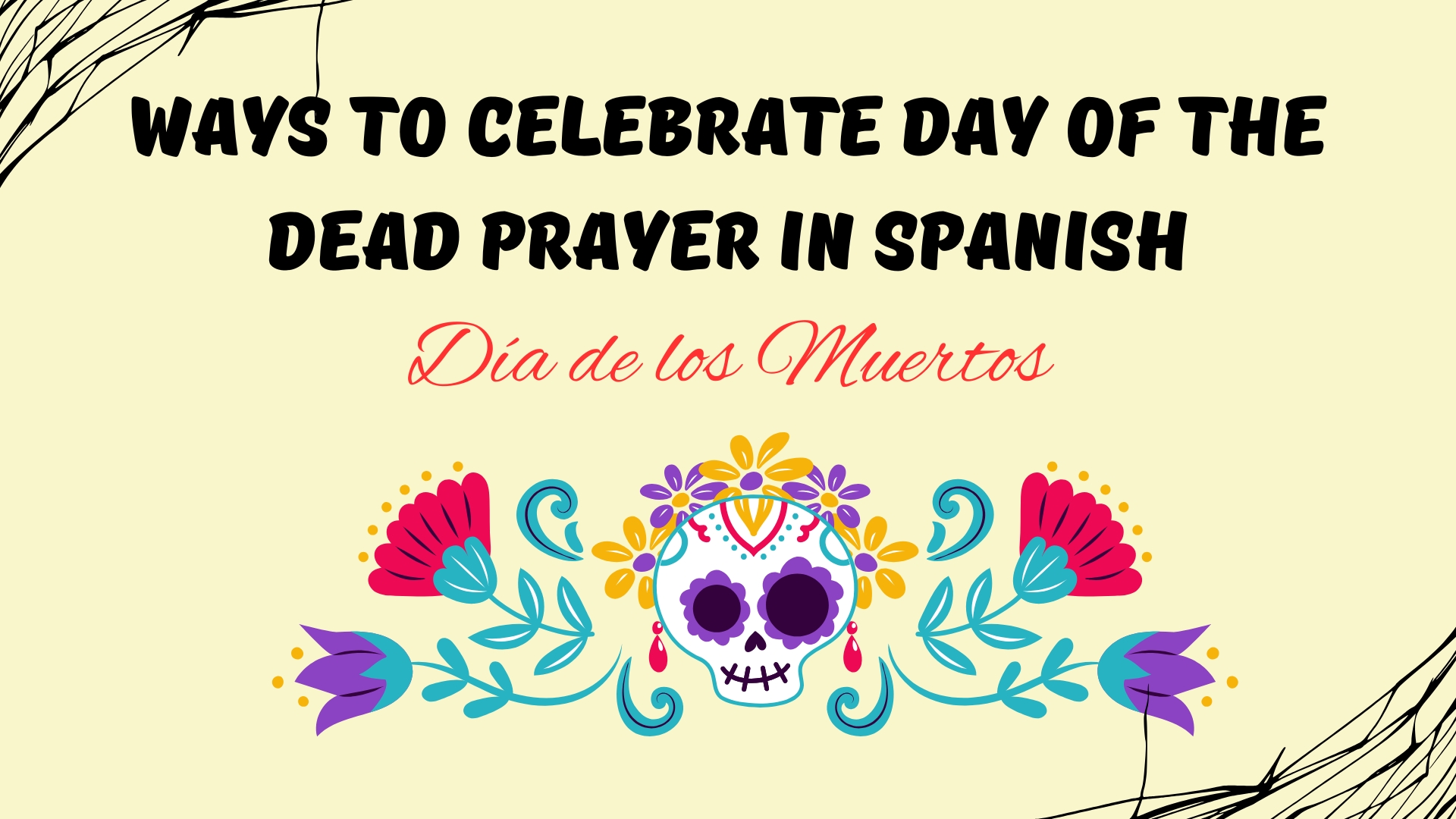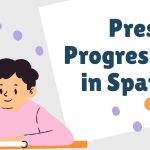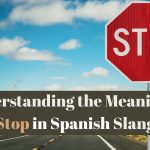The Day of the Dead is a time when people remember their loved ones who have passed away. They do this through prayers, often in Spanish, which helps connect them to their ancestors.
When families gather and pray together, it feels like they are bringing the spirits of their loved ones closer. This tradition is really important in Mexican culture and other Latin American communities. It keeps the memories of the deceased alive and shows how language and tradition shape the way people remember and celebrate their ancestors.
Exploring this further might show us more about how these prayers affect both the community and individual feelings during times of mourning and joy. What do you think we could learn from looking more into this?
History of the Day of the Dead
Día de Muertos helps us remember that life and death are part of a continuous cycle. This tradition started with ancient civilizations like the Aztecs and Mayans. They had their own ways of remembering those who had passed away.
When the Spanish arrived, they brought Catholic beliefs with them. Over time, these indigenous and Catholic practices mixed together. Now, we have the modern Day of the Dead, where you can see both native and Christian influences.
Day of the Dead in Spanish: List of Traditions
In Mexico, the Day of the Dead is full of deep-rooted traditions that honor loved ones who have passed away. Families build colorful altars with offerings. These include photos, favorite foods, and personal items from those who have died.
People go to cemeteries to clean and decorate graves. At night, they hold vigils where they share stories and memories. It’s a time of both respect and celebration.
- Montar un altar de ofrenda
Build a home altar with offerings - Colocar flores de cempasúchil
Place marigold flowers for guiding spirits - Visitar el cementerio
Visit the cemetery to honor loved ones - Encender veladoras
Light candles to welcome souls - Poner pan de muerto en la ofrenda
Place bread of the dead on the altar
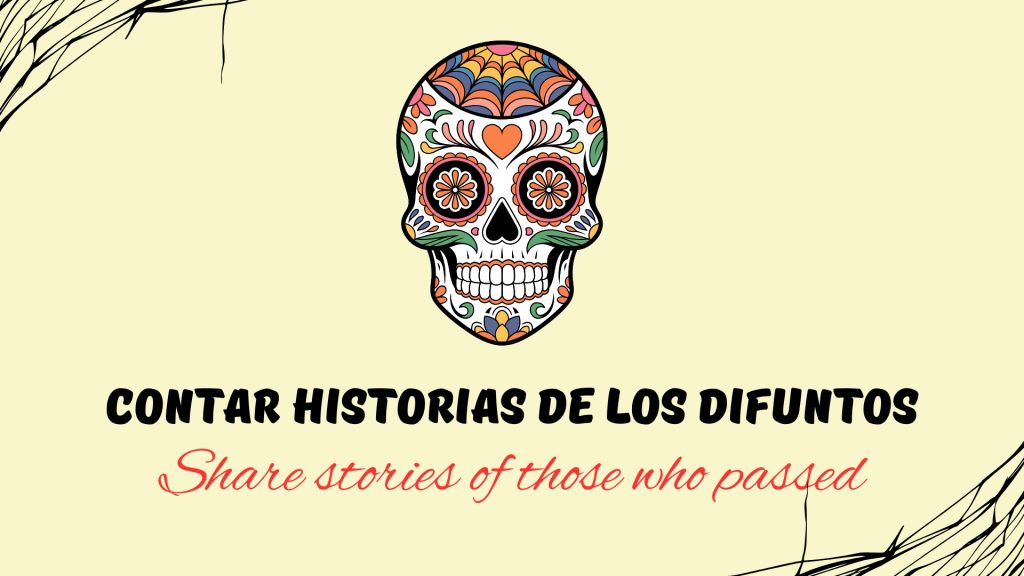
- Pintarse la cara como calavera
Paint your face like a skull - Tocar música tradicional
Play traditional folk or mariachi music - Contar historias de los difuntos
Share stories of those who passed - Bailar con mojigangas
Dance with giant puppet figures - Escribir calaveritas literarias
Write humorous poems about death
Let these powerful sad Spanish songs guide you through heartbreak and healing.
Typical Phrases in Spanish During Dead Celebrations
During the Day of the Dead celebrations, people use special Spanish phrases to remember those who have passed away. Phrases like ‘Rest in peace’ and ‘Always in our heart’ show deep respect and love.
These words help connect us with our loved ones who are no longer with us, making the celebration meaningful.
- Feliz Día de los Muertos
Happy Day of the Dead - Recordamos con amor a los que se fueron
We lovingly remember those who are gone - La muerte no es el final
Death is not the end - Nuestros muertos viven en nuestros corazones
Our dead live in our hearts
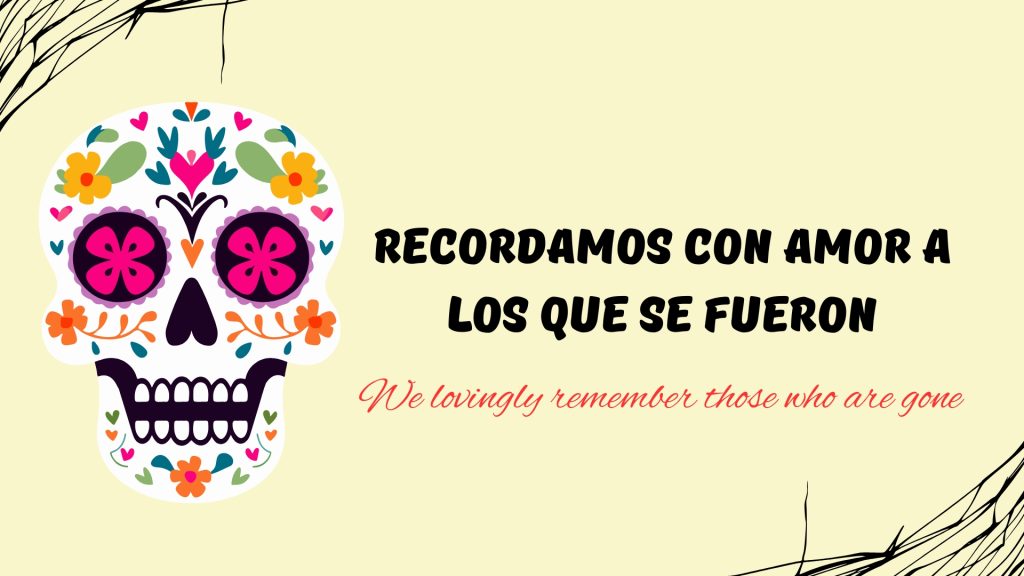
- Bienvenidos, espíritus queridos
Welcome, beloved spirits - Hoy la vida y la muerte se abrazan
Today, life and death embrace - El altar está listo para ti
The altar is ready for you - Tu recuerdo vive para siempre
Your memory lives forever - Honramos a quienes abrieron el camino
We honor those who paved the way - Es un día para celebrar, no llorar
It’s a day to celebrate, not cry
Traditional Food of this Dead Parade
When we talk about Day of the Dead, the food is just as important as the words we say.
Everyone knows about pan de muerto, a sweet bread decorated with special designs, and tamales, which are cornmeal wrapped in corn husks and steamed.
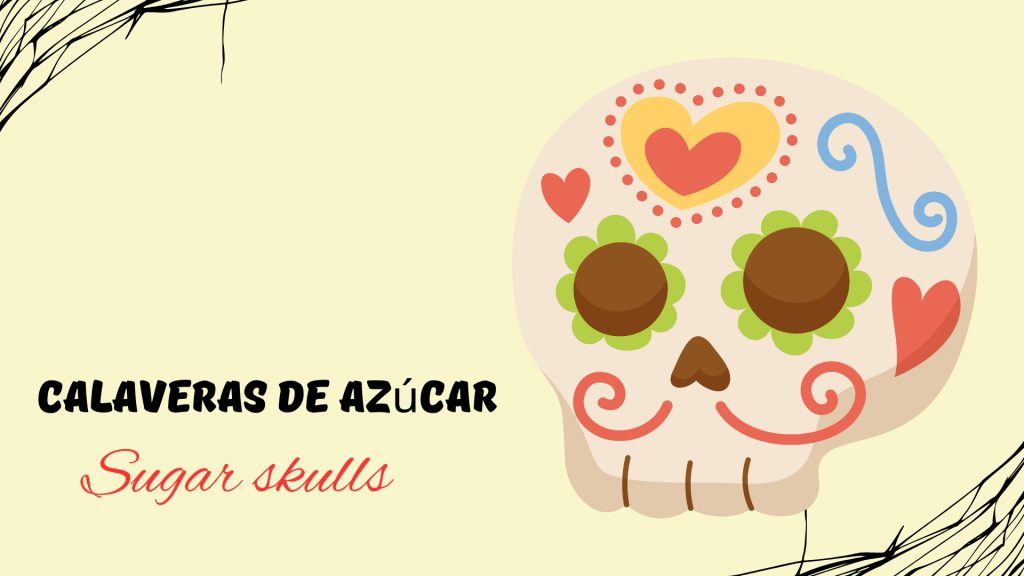
These aren’t just for eating; they’re also a way to remember and honor those who are no longer with us.
| Spanish Word | English Meaning |
|---|---|
| Pan de muerto | Bread of the dead |
| Calaveras de azúcar | Sugar skulls |
| Tamales | Corn dough filled with meat or cheese |
| Mole poblano | Spicy chocolate-based sauce |
| Atole | Warm cornmeal drink |
| Champurrado | Chocolate-based atole |
| Calabaza en tacha | Candied pumpkin |
| Pozole | Hominy soup with pork or chicken |
| Arroz con leche | Rice pudding |
| Dulce de alfeñique | Molded sugar figures |
Traditional Prayer for Día de Muertos
During Día de Muertos, people often say a prayer for those who have died. This prayer asks for peace and a smooth journey for their souls.
It’s a simple way to show love and respect, helping families feel better and keeping the tradition that our ancestors look out for us from beyond.
- Te recordamos con amor eterno
We remember you with eternal love - Que la luz de estas velas guíe tu espíritu
May the light of these candles guide your spirit - Honramos tu alma con alegría y respeto
We honor your soul with joy and respect
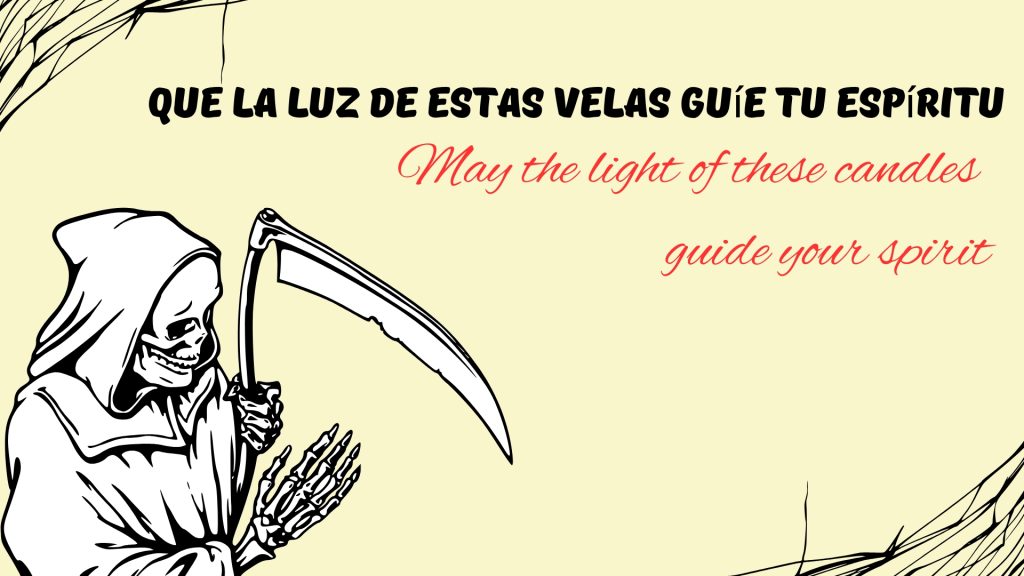
- Gracias por tu amor eterno
Thank you for your eternal love - Que descanses en paz
May you rest in peace - Dios misericordioso, recibe a nuestros difuntos
Merciful God, receive our deceased loved ones - Estás presente en nuestra mesa
You are present at our table - Bendice este altar y sus ofrendas
Bless this altar and its offerings - Cruzas el puente del cempasúchil
You cross the marigold bridge - Celebramos tu vida en amor y memoria
We celebrate your life in love and memory
Looking for the perfect words for mom? Explore 50 touching Mother’s Day quotes in Spanish.
Día de los Muertos Vocabulary You Should Know
To really get the most out of the Day of the Dead, it helps to know some special words used during the celebration.

Knowing these terms lets you see deeper into the holiday’s traditions and meanings.
| Spanish Word | English Meaning |
|---|---|
| La ofrenda | Offering / Altar |
| El cempasúchil | Marigold |
| La calavera | Skull |
| El pan de muerto | Bread of the Dead |
| El altar | Altar |
| La vela | Candle |
| El papel picado | Cut Paper Decorations |
| El incienso (copal) | Incense (Copal) |
| El difunto / La difunta | The Deceased |
| El retrato | Portrait |
Celebrations in different parts of Latin America
In Latin America, Día de Muertos is celebrated differently in each place, with special local traditions.
These varied customs show the rich cultural diversity in how people honor and remember those who have passed away.
| Country / Region | Celebration Description |
|---|---|
| México (Michoacán & Oaxaca) | Parades, candlelit cemeteries, elaborate altars |
| Guatemala | Giant kite festival to honor the dead |
| Perú | Music, food, and family picnics in cemeteries |
| Bolivia | Día de las Ñatitas (offering to human skulls) |
| Ecuador | Eating colada morada and guaguas de pan |
| El Salvador | Decorating graves in Festival de las Flores |
| Honduras | Family grave decorating and sharing food |
| Nicaragua | Poetry readings and cultural rituals at graves |
| Colombia | Candlelight rituals and home altars |
| Venezuela | Indigenous and Catholic traditions blend in prayer |
Conclusion
Día de Muertos is all about celebrating our ancestors and embracing our cultural heritage. It’s a time when prayers for those who have passed away take center stage.
This tradition helps keep our connection to our roots alive, and it reminds us of the big themes of life and death that touch everyone.
It’s really about the power of community and the role of memory in keeping our cultural identity strong across generations.
See how Lingua Viva fits into your life, not just your schedule.
Born in Cali, but raised in London, Juan Pablo has led an interesting life. He has an undergraduate degree in Foreign Language and 10+ years of experience. Juan Pablo has taught and worked as a professor and interpreter in Spanish, English, and French languages. He prides himself on having a ‘situational teaching style’, which means he caters lessons to fit student needs. He is serious about teaching, responsible, professional, clear, and concise.
